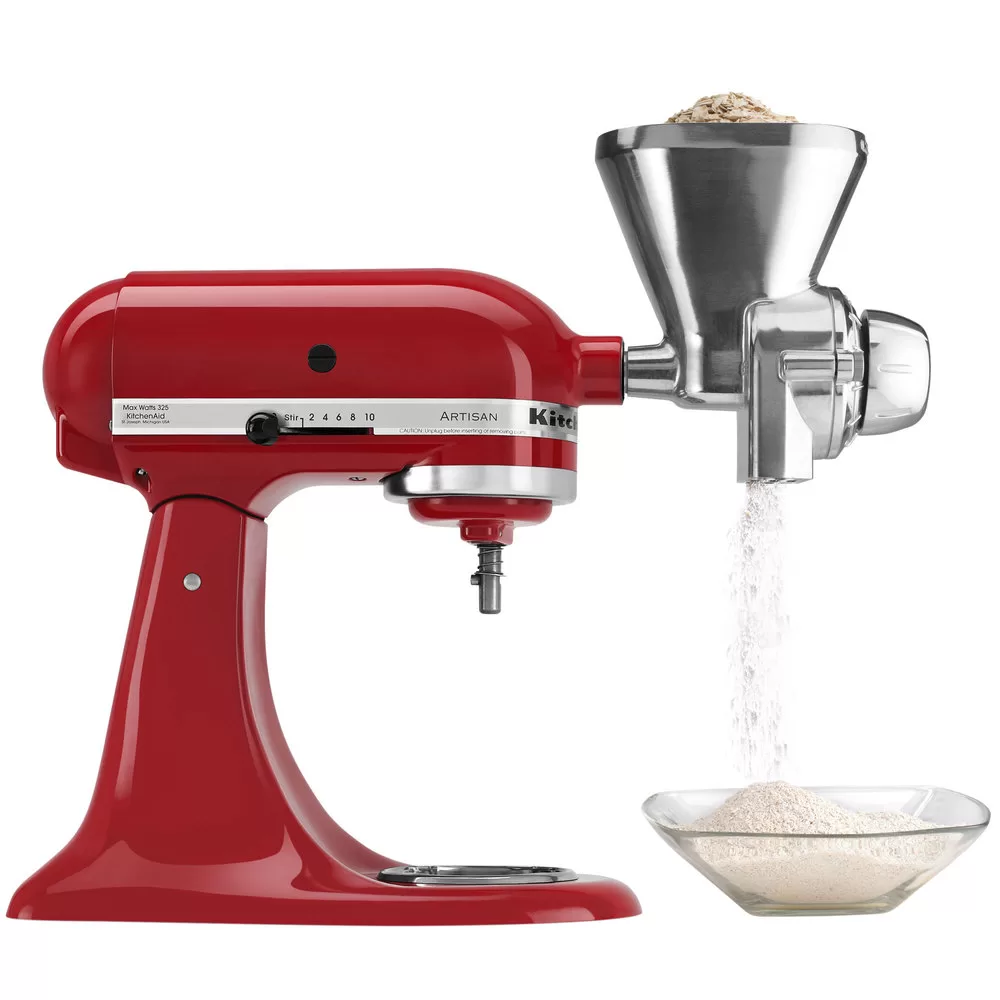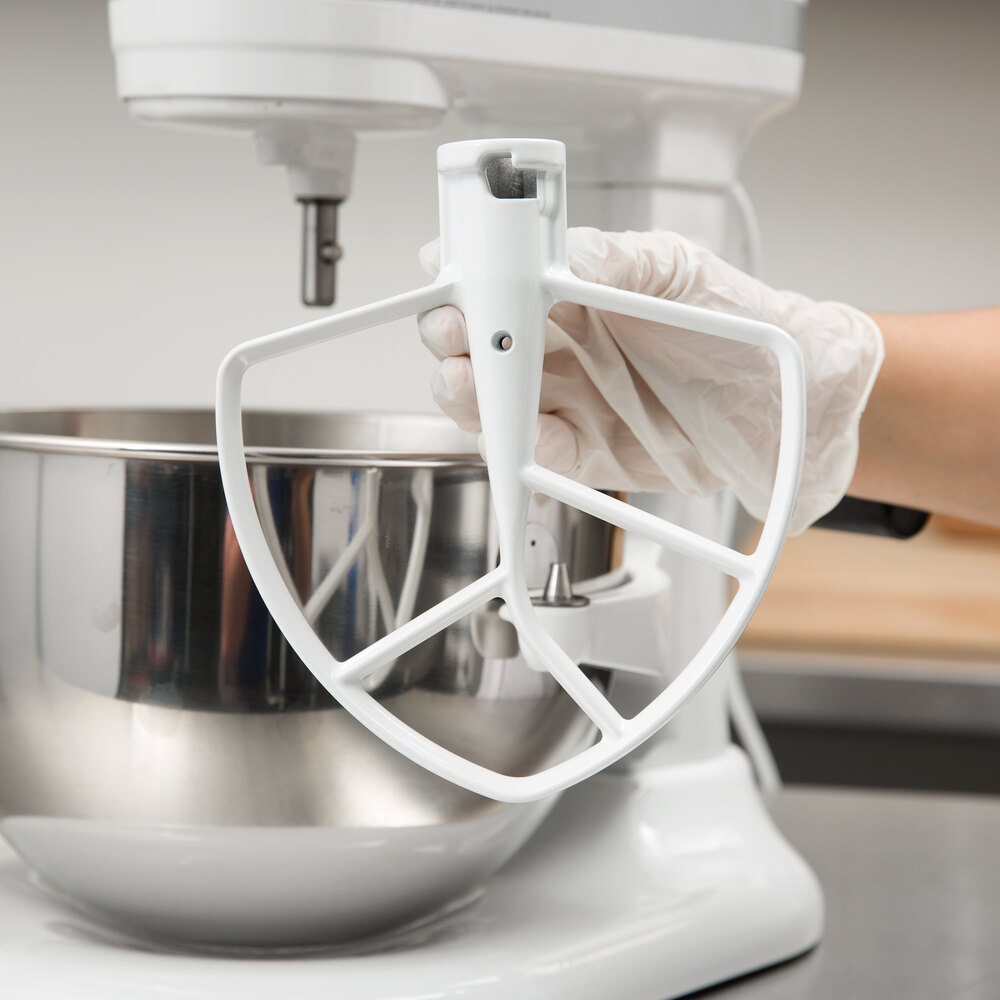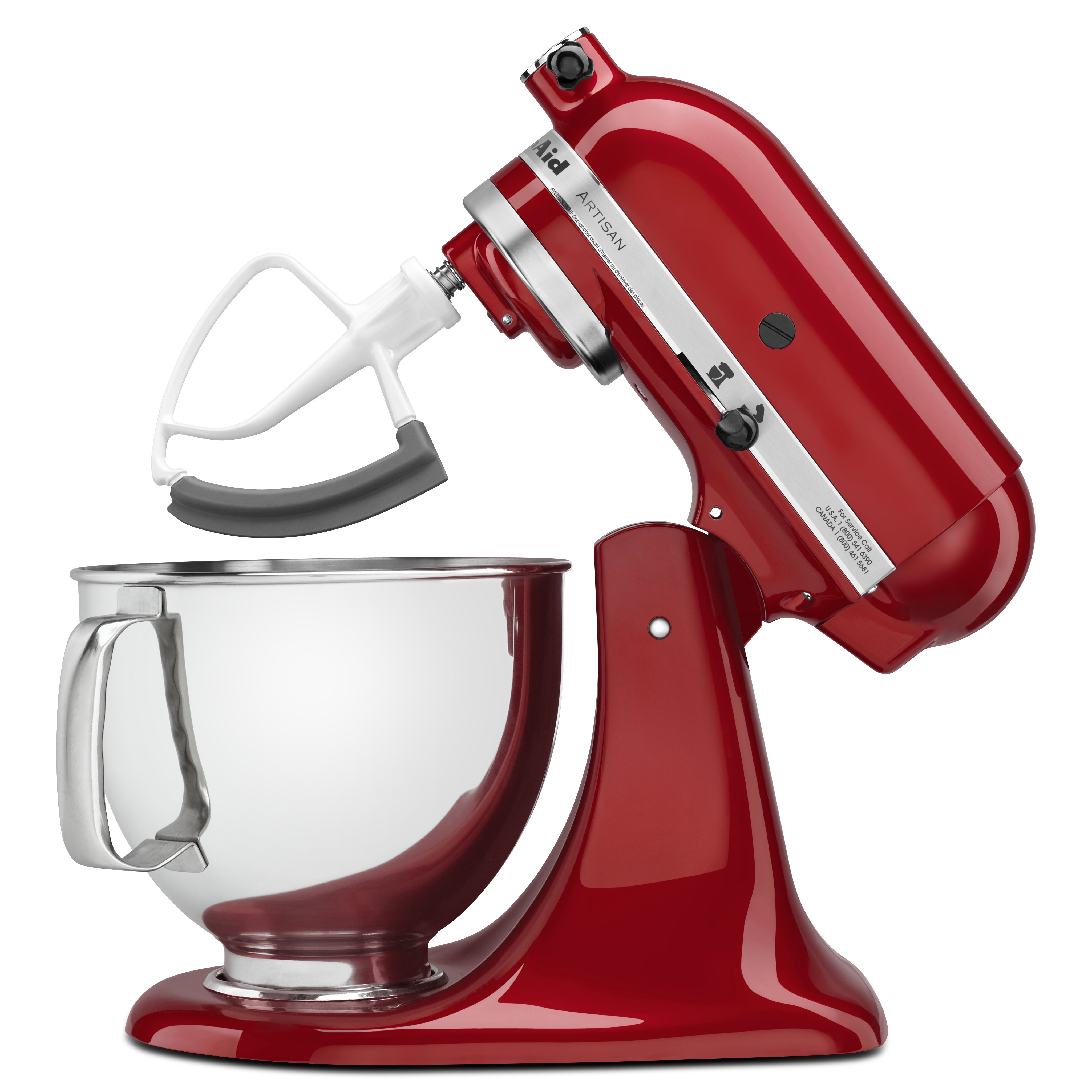
Your KitchenAid mixer is a culinary powerhouse. With its range of attachments, it can churn, beat, whip, knead, roll, and grind, transforming your kitchen into a versatile food factory. But to make the most of this incredible machine, you need to know how to use each attachment effectively. In this comprehensive guide, we’ll explore the function of each KitchenAid attachment, along with tips and tricks to help you maximize their utility.
The flat beater, also known as the paddle attachment, is the workhorse of the KitchenAid attachments. This is the tool you’ll use on a day-to-day basis for most mixing tasks. The flat beater excels at creaming butter and sugar together, smashing cooked potatoes into creamy mash, and stirring together sturdy doughs like cookie dough.
Tip: Start your mixer on a low speed to help prevent dry ingredients from flying out of the bowl. Once the ingredients are moistened, you can gradually increase the speed.

The wire whip, or whisk attachment, is all about incorporating air. It’s designed to whip mixtures to create maximum volume. This is your go-to tool for making airy whipped cream, light and fluffy frostings, meringues, and sponges.
Tip: Make sure your ingredients (especially eggs and cream) are cold before you start whipping. Cold ingredients hold air better, giving you a fluffier result.

The dough hook takes the hard work out of kneading dough. It replicates the process of hand-kneading, developing the gluten in your bread dough without tiring out your arms. Perfect for bread, pizza, and pasta doughs.
Tip: Resist the temptation to add more flour if your dough seems too sticky at first. Let the dough hook work its magic for a few minutes and you’ll often find the dough comes together on its own.
The flex edge beater is a variation of the flat beater, but with one important addition: a flexible edge that scrapes the side of the bowl as it turns. This is particularly useful for mixtures that tend to stick to the sides of the bowl, like cake batter or creamed butter and sugar.
Tip: Even with the flex edge beater, it’s still a good idea to stop the mixer and scrape down the sides of the bowl occasionally to ensure an even mix.

The meat grinder attachment transforms your stand mixer into a versatile food grinder. It allows you to grind raw or cooked meat, fish, and vegetables with ease. Ideal for making homemade burgers, sausages, or meatballs.
Tip: Make sure to cut your meat into small, uniform pieces to ensure it grinds evenly. Partially freezing the meat can also make it easier to grind.

Making fresh pasta at home is a real treat, and with the KitchenAid pasta attachments, it’s much more achievable. The pasta roller helps you to achieve a consistent thickness, while the cutters allow you to create spaghetti or fettuccine.
Tip: Don’t rush the process. Start at the widest setting and gradually work your way down, giving the dough a quarter turn each time you feed it through. This repeated rolling and turning helps to develop the gluten in the dough, giving your pasta a lovely chewy texture.

Yes, even ice cream is within reach with the KitchenAid ice cream maker attachment. This handy tool lets you churn your own ice cream, sorbet, or frozen yogurt at home.
Tip: Make sure to freeze the ice cream bowl for at least 15 hours before you plan to churn your ice cream. And remember to chill your ice cream base in the fridge before adding it to the ice cream maker.

Q1: Can I use attachments from other brands on my KitchenAid mixer?
While some attachments from other brands may fit, it’s always recommended to use KitchenAid-branded attachments to ensure optimal performance and avoid potential damage to your mixer.
Q2: How do I clean my KitchenAid attachments?
Most KitchenAid attachments are dishwasher safe. However, it’s a good idea to check the user manual or the KitchenAid website for specific cleaning instructions.
Q3: Can I leave my attachments on the mixer when not in use?
It’s best to remove attachments when not in use to prevent them from becoming stuck on the mixer. Store them in a dry place to avoid rusting.
With its multitude of attachments, your KitchenAid mixer is not just a one-trick pony. Whether you want to whip up a light and fluffy frosting, grind your own meat for homemade burgers, or churn a batch of creamy ice cream, there’s an attachment for that. The key is to understand how to use each attachment effectively and tocare for them properly.
Remember, using your KitchenAid mixer and its attachments should be a fun and creative process. Don’t be afraid to experiment and try new things. The more you use the various attachments, the more familiar you’ll become with their capabilities, and the more you’ll be able to push the boundaries of what’s possible in your kitchen.
Always keep your attachments clean, and store them properly when not in use. This not only extends their lifespan, but also ensures they’re ready to go when you need them. Check the user manual for specific cleaning instructions for each attachment.
In conclusion, the KitchenAid mixer, with its range of attachments, is a true culinary powerhouse. It can transform the way you cook, making tasks that were once laborious or time-consuming a breeze. So, get to know your attachments, experiment with new recipes, and most importantly, have fun!
